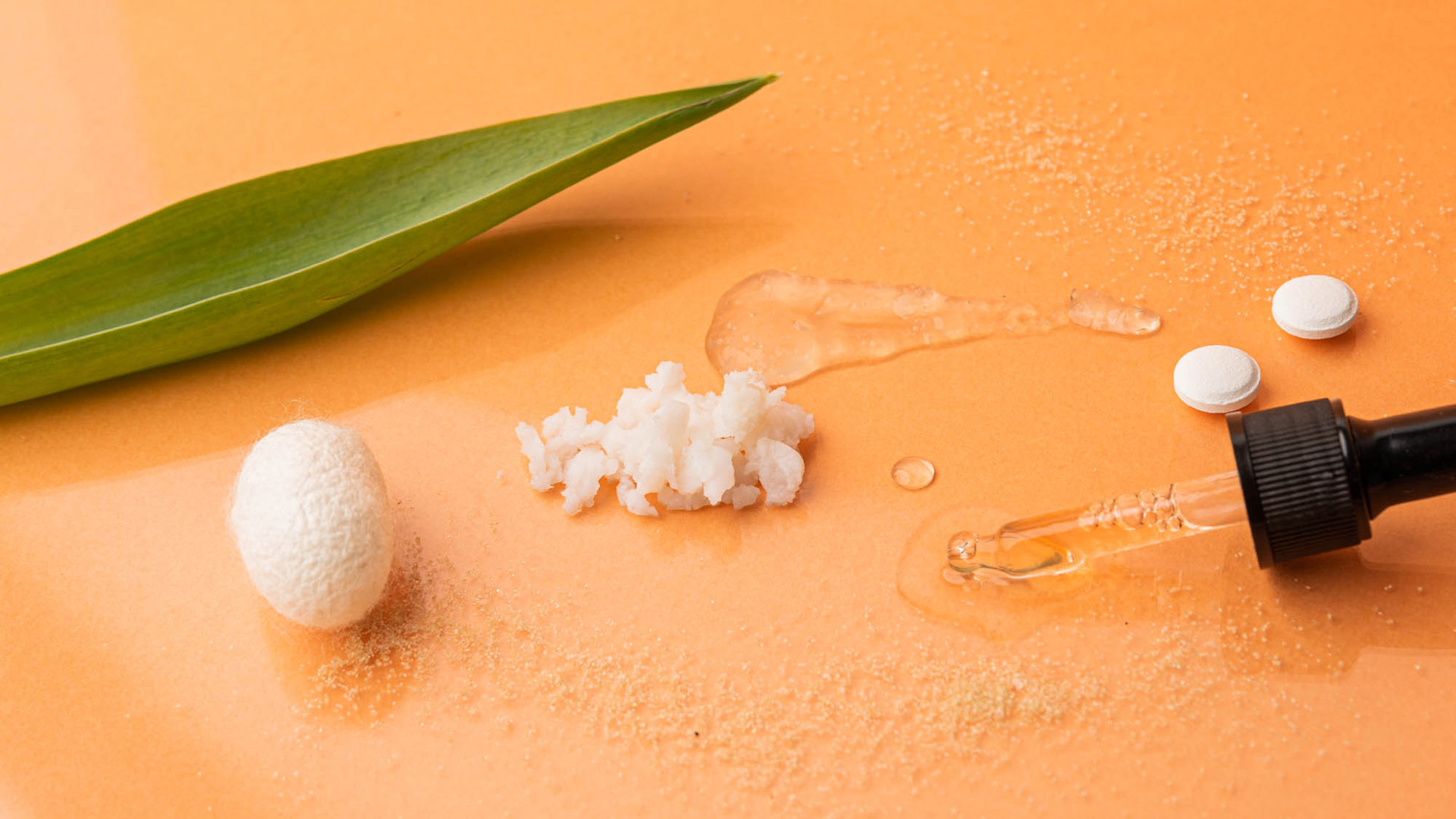According to some experts, the structure of the silk cocoon has evolved over millions of years to provide the silkworm with protection from predators, microorganisms and adverse climatic and environmental conditions. From a purely scientific point of view, the cocoon, which is made of a silk monofilament about one kilometre long, can be considered as a natural biomaterial mainly composed of two proteins with excellent biological properties. These proteins, fibroin and sericin, can be exploited for the development of innovative materials and products for the most varied applications.

Studies and scientific publications in international journals report the numerous advances in research on these materials, attracting ever-increasing interest in various technological sectors. Among these, one of the most promising fields of application is certainly represented by the biomedical sector. In fact, although the use of silk as a suture thread has been consolidated for a long time in the medical-surgical field, the interesting mechanical, chemical-physical and biological properties of silk have recently encouraged numerous studies about this ancient textile material as the absolute protagonist in the development of biological scaffolding for cell cultures, vascular prostheses, ligaments, drug delivery matrices and advanced dressings for accelerated wound healing process.

Thanks to their intrinsic cell regeneration properties, silk proteins can be used in tissue engineering and regenerative medicine applications, thus opening new horizons to today's medicine and life sciences.


